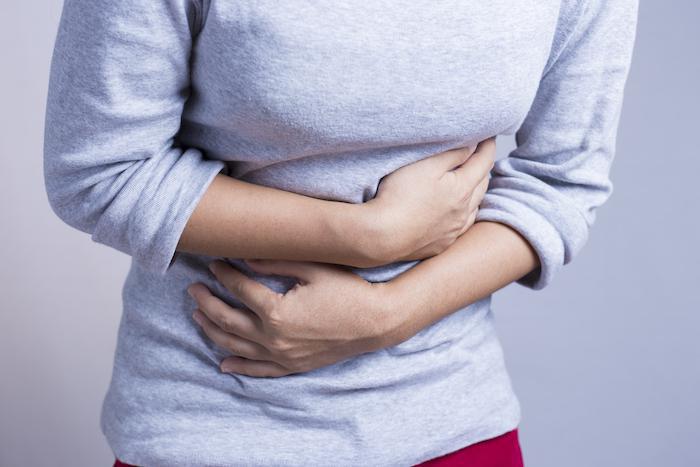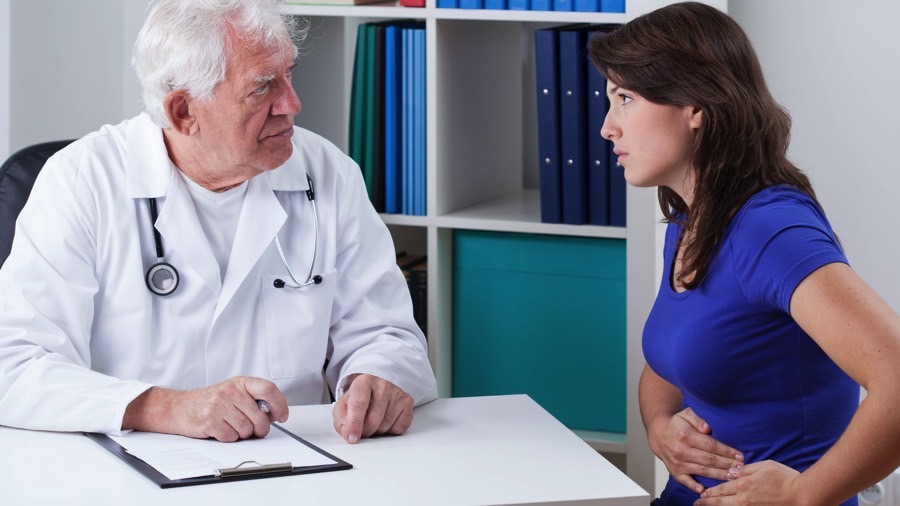Gallbladder attacks, also known as biliary colic, can be a very uncomfortable and painful experience. The gallbladder is a small organ located beneath the liver that stores and releases bile, a digestive enzyme that helps break down fats. When the gallbladder becomes blocked or inflamed, it can cause a variety of symptoms.
Symptoms of Gallbladder Attack
Symptoms of a gallbladder attack include:
Severe abdominal pain, typically in the upper right side of the abdomen
Pain that may spread to the back or chest
Nausea and vomiting
Fever
Chills
Yellowing of the skin and eyes (jaundice)
Clay-colored stools
Abdominal bloating
Intolerance of fatty foods
It is important to note that some people may not experience any symptoms at all, or may only have mild symptoms. However, if you experience severe or prolonged pain, or if you have any other symptoms that are concerning to you, it is important to seek medical attention as soon as possible.
The most common cause of gallbladder attacks is the formation of gallstones. Gallstones are small, hardened deposits of bile that can form in the gallbladder. They can block the bile ducts, causing inflammation and pain. Other causes of gallbladder attacks include infection, injury, or disease of the gallbladder or bile ducts.
Treatment for Gallbladder Attack
Treatment for gallbladder attacks varies depending on the underlying cause. For example, if gallstones are the cause of the attack, treatment may include:
Medications to relieve pain and inflammation
Surgery to remove the gallbladder (cholecystectomy)
Endoscopic retrograde cholangiopancreatography (ERCP) to remove gallstones
If the gallbladder attack is caused by an infection, treatment will include antibiotics to clear the infection. If the attack is caused by an injury or disease of the gallbladder or bile ducts, treatment will depend on the specific condition and will be determined by your healthcare provider.
In addition to these treatments, it is also important to make lifestyle changes to help prevent future gallbladder attacks. This may include:
Eating a healthy diet that is low in fat and cholesterol
Maintaining a healthy weight
Avoiding foods and drinks that can trigger gallbladder symptoms
Avoiding smoking and excessive alcohol consumption
Exercising regularly
It’s important to note that even after gallbladder removal, the bile will still flow from liver to small intestine, but without the storage function of gallbladder. In most cases, people do well after gallbladder removal and don’t notice any difference in their digestion. However, some people may experience diarrhea or fat malabsorption after surgery, your doctor may recommend changes to your diet to help you manage these symptoms.
In conclusion, gallbladder attacks can cause severe pain and discomfort, and it is important to seek medical attention if you experience symptoms. Treatment may include medications, surgery, or other medical interventions, and making lifestyle changes can help prevent future attacks. If you have any concerns about your health, talk to your healthcare provider.

 Home
Home Health
Health Diet & Nutrition
Diet & Nutrition Living Well
Living Well More
More












